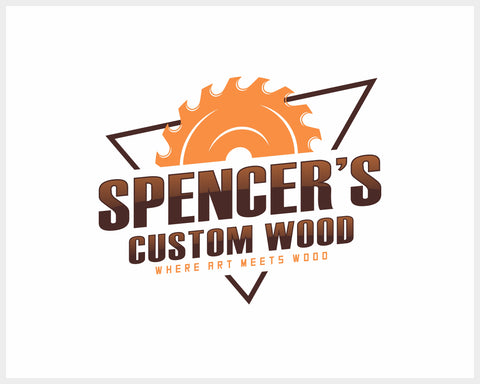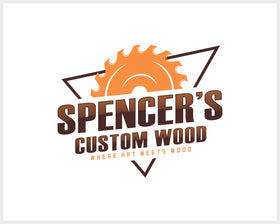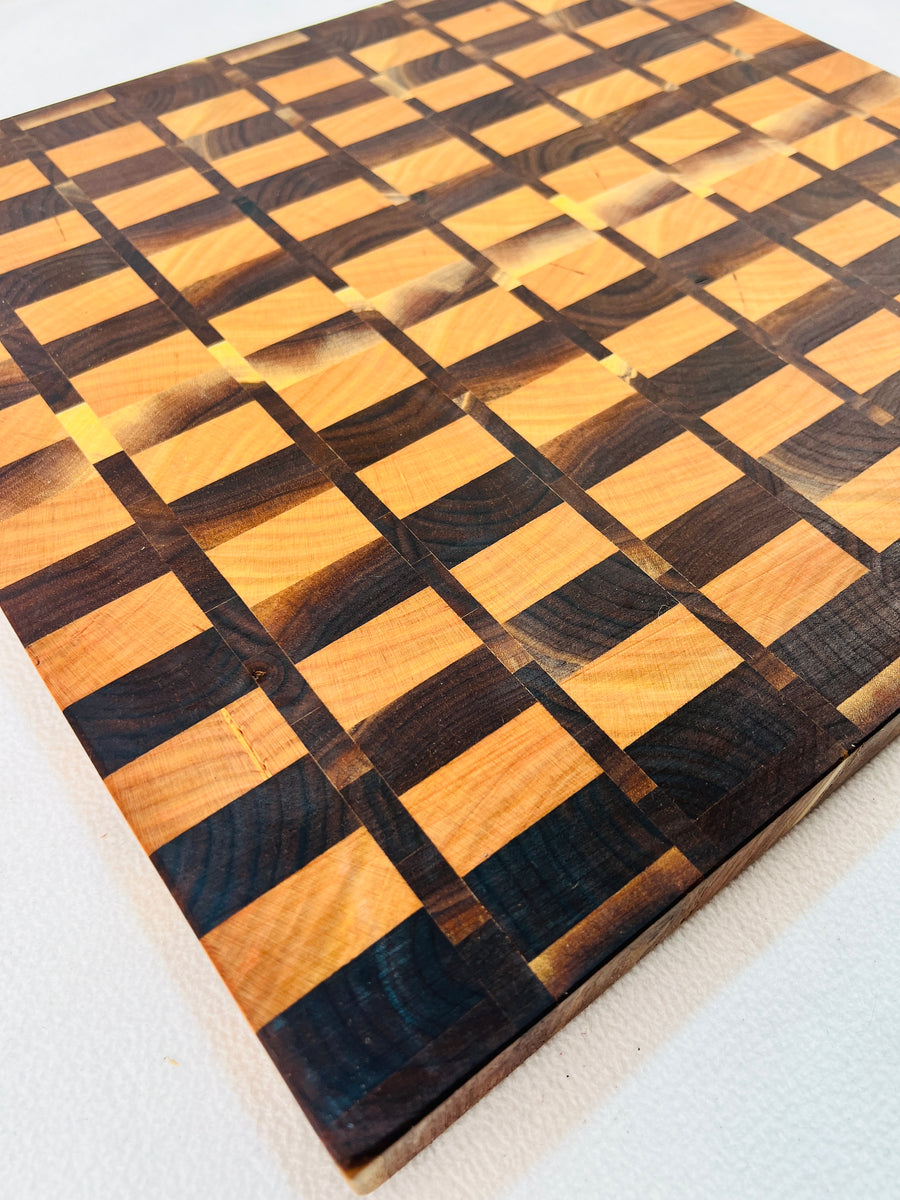The Art and Advantages of Handmade Cutting Boards
-
Superior Craftsmanship: Handmade cutting boards are a testament to the skill and dedication of artisans who pour their heart and soul into creating functional works of art. These craftsmen carefully select high-quality materials, such as hardwoods like maple, walnut, or cherry, and transform them into sturdy, durable, and visually appealing cutting boards. The attention to detail and precision ensure a product that not only serves its purpose but also adds a touch of elegance to your kitchen.
-
Unique and Customizable Designs: When you opt for a handmade cutting board, you are choosing a one-of-a-kind creation. Each board has its own distinct personality, with variations in grain patterns, colors, and textures. Whether you prefer a classic design or a more intricate pattern, artisans can often customize cutting boards to match your personal style or kitchen decor. This uniqueness adds a touch of character and individuality to your culinary space.
-
Durability and Longevity: Mass-produced cutting boards are often made with thinner materials that may warp, crack, or wear out over time. Handmade cutting boards, on the other hand, are built to last. Craftsmen pay meticulous attention to the selection of hardwoods known for their durability, density, and resistance to knife marks. These boards are designed to withstand the test of time, making them a wise investment for any cooking enthusiast.
-
Knife-Friendly Surface: The surface of a cutting board plays a crucial role in maintaining the sharpness and longevity of your knives. Handmade cutting boards are typically crafted with a self-healing property, meaning they are more forgiving to knife edges. The natural fibers of the wood help to minimize blade marks, reducing the chances of premature dulling. By preserving the sharpness of your knives, a handmade cutting board ensures precision and efficiency in your kitchen tasks.
-
Food Safety: Wooden cutting boards, when properly maintained, offer natural antimicrobial properties. The porous nature of wood helps to draw bacteria down into the board, where it is less likely to spread and multiply. Additionally, handmade cutting boards are often treated with food-safe finishes like natural oils or beeswax, enhancing their resistance to moisture and further reducing the risk of bacterial growth. Regular cleaning and maintenance will keep your handmade cutting board in top condition and safe for food preparation.
Conclusion: Embracing the use of handmade cutting boards in your kitchen brings a host of benefits. From their exquisite craftsmanship and customizable designs to their durability, knife-friendliness, and food safety features, these boards elevate your culinary experience. By choosing a handmade cutting board, you not only invest in a practical kitchen tool but also support artisans who pour their passion into creating functional works of art. So, the next time you chop, dice, or slice, let the beauty and benefits of a handmade cutting board inspire you in the heart of your kitchen.




Leave a comment